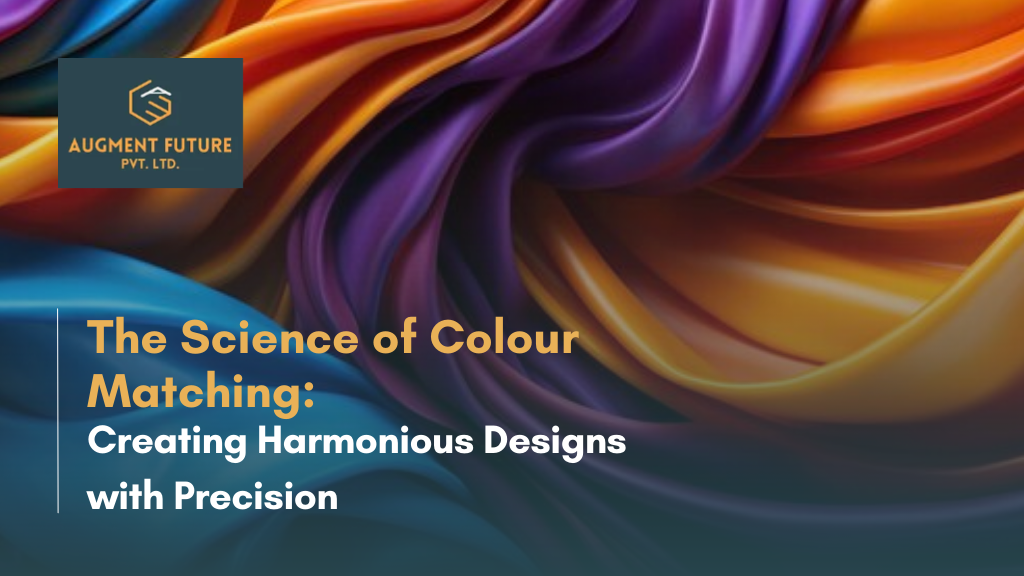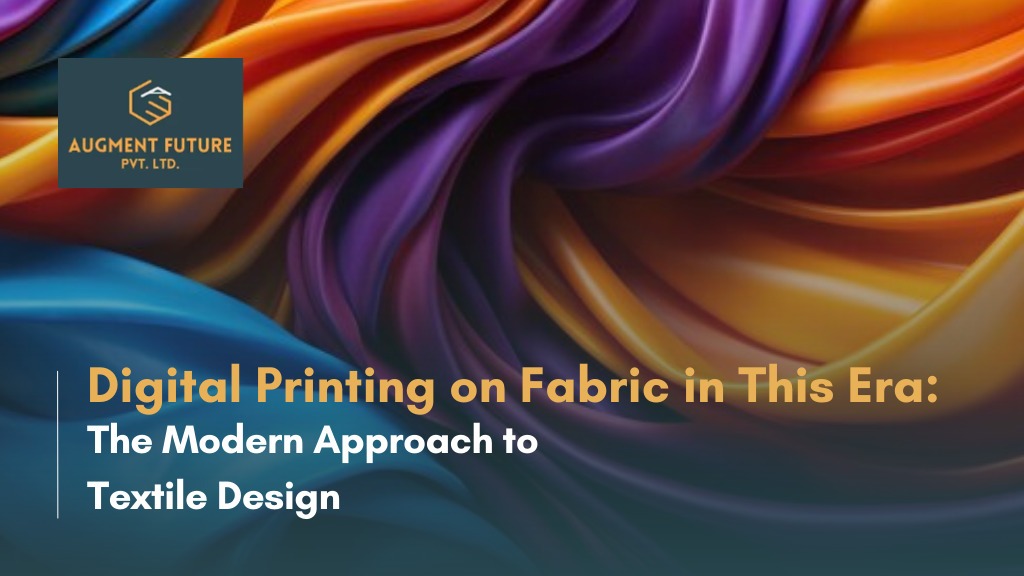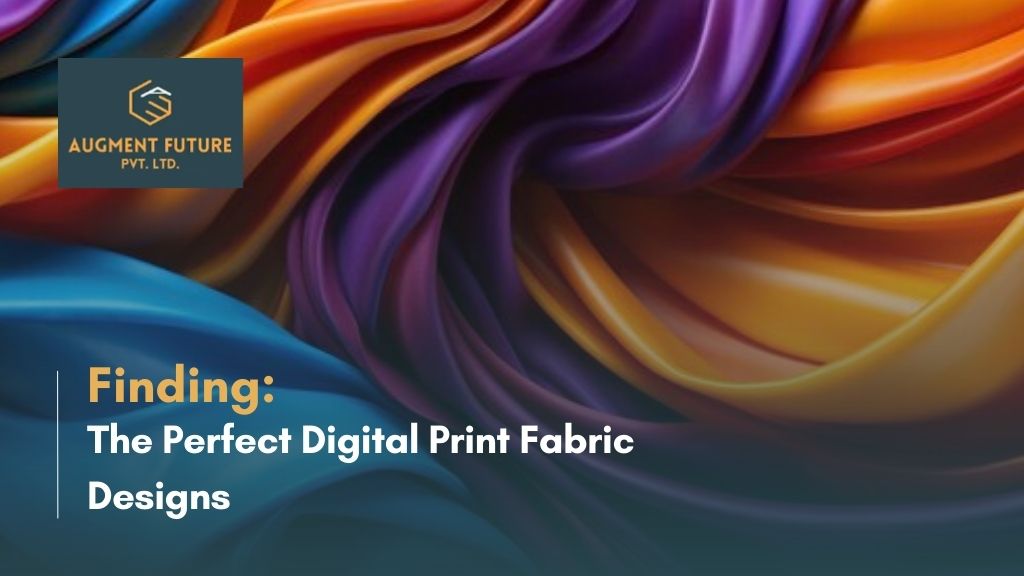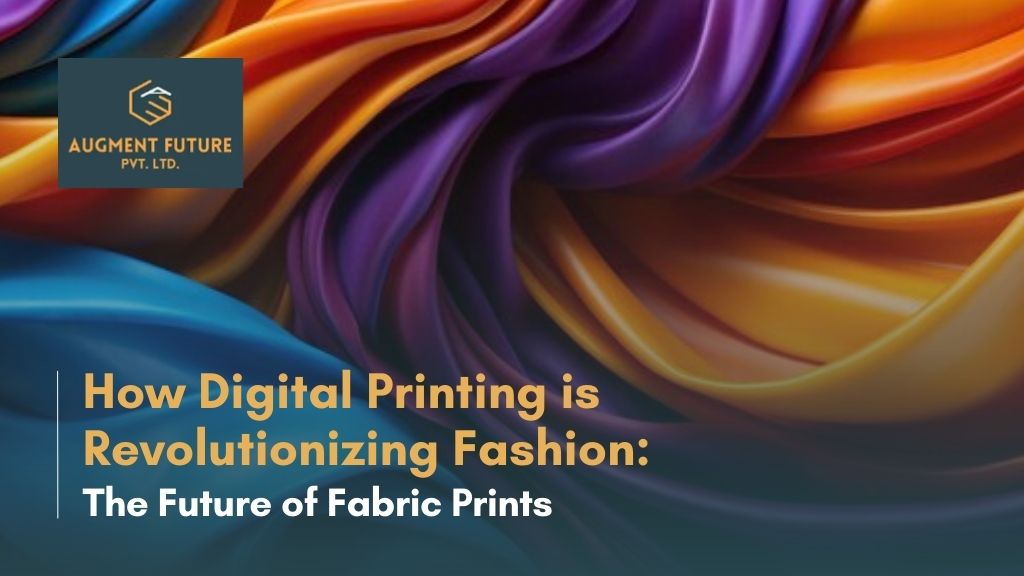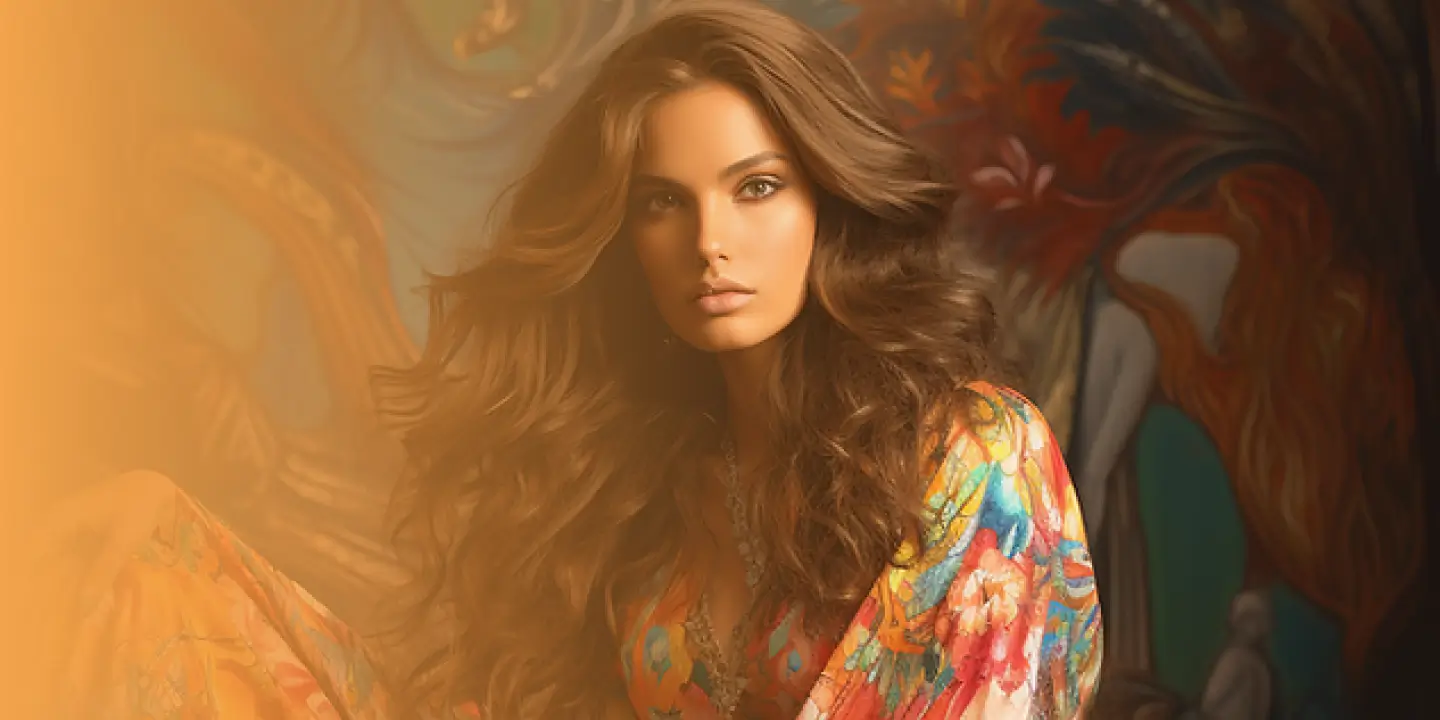Colour plays a crucial role in design, influencing our emotions, perceptions, and overall experience. From graphic design to interior decorating, understanding the science behind colour matching is essential in creating harmonious and visually appealing designs.
In this article, we will explore the fundamentals of colour theory, delve into the psychology behind colour matching, examine the scientific aspects of colour perception, and discover advanced strategies for achieving precision in colour design.
Understanding the Basics of Color Theory
Colour theory serves as the foundation for effective colour matching in design. It encompasses principles such as the role of primary, secondary, and tertiary colours, as well as the significance of the colour wheel. By understanding these concepts, designers can strategically select and combine colours to achieve the desired visual effect.
Colour theory is a fundamental aspect of design that explores the psychological and emotional impact of colours. It delves into the science behind how colours are perceived by the human eye and how they can evoke different moods and feelings. By understanding the basics of colour theory, designers can create visually appealing and impactful designs that resonate with their intended audience.
The Role of Primary, Secondary, and Tertiary Colors
Primary colours, namely red, blue, and yellow, cannot be created by mixing other colours and are used as the base for all other hues. They are the building blocks of colour theory and form the foundation for colour mixing. Understanding primary colours is crucial for designers as it allows them to create a wide range of colours by combining different primaries in varying proportions.
Secondary colours, such as orange, green, and purple, are created by blending two primary colours. These colours are vibrant and eye-catching, and they offer designers a wider range of options when it comes to creating visually engaging designs. By mixing primary colours, designers can unlock a whole new spectrum of hues and shades.
Tertiary colours, achieved by mixing a primary colour with a neighbouring secondary colour, add depth and nuance to the colour palette. These colours provide designers with even more possibilities for creating visually interesting designs. Tertiary colours can be used to create subtle variations and transitions between primary and secondary colours, adding complexity and sophistication to a design.
The Importance of Colour Wheels in Design
A colour wheel is a visual tool that organizes colours in a circular format, demonstrating their relationships and harmonies. It is a valuable resource for designers as it helps them understand how different colours interact with each other and how they can be combined to create visually pleasing compositions.
By leveraging the colour wheel, designers can easily identify complementary colour schemes. Complementary colours are located opposite each other on the colour wheel and create a high-contrast effect when used together. This creates a visually striking and dynamic composition that grabs the viewer’s attention.
Analogous colour schemes, on the other hand, are created by selecting colours that are adjacent to each other on the colour wheel. This creates a harmonious and cohesive design that is pleasing to the eye. Analogous colour schemes are often used to create a sense of unity and balance in a design.
Triadic colour schemes involve selecting three colours that are evenly spaced around the colour wheel. This creates a visually balanced and vibrant composition. Triadic colour schemes offer designers a wide range of possibilities for creating visually interesting and dynamic designs.
In conclusion, understanding the basics of colour theory is essential for designers who want to create visually appealing and impactful designs. By grasping the role of primary, secondary, and tertiary colours, as well as the significance of the colour wheel, designers can strategically select and combine colours to achieve the desired visual effect. Whether it’s creating a harmonious and cohesive design or a high-contrast and dynamic composition, colour theory provides the tools and knowledge necessary to create visually engaging designs that resonate with the audience.
The Psychology Behind Colour Matching
The psychological impact of colour is a powerful tool that designers can wield to evoke specific emotions and communicate messages through their creations. Understanding the emotional responses to different colours and the cultural interpretations associated with them enables designers to craft designs that resonate with their target audience.
Colour is not just a visual experience; it also has a profound effect on our emotions and behaviour. When we see a particular colour, our brain processes it and triggers certain emotional responses. For example, warm tones like red and orange tend to elicit feelings of passion and energy. These colours are often used in advertisements to grab attention and create a sense of urgency. On the other hand, cool hues like blue and green evoke a sense of calmness and tranquillity. They are commonly used in healthcare settings to create a soothing environment.
Designers can strategically leverage these emotional associations to create designs that elicit specific moods or reactions from viewers. For instance, a website selling spa services may use a combination of soft blues and greens to convey a sense of relaxation and serenity. In contrast, a website promoting a high-energy fitness program may incorporate vibrant reds and oranges to evoke a feeling of excitement and motivation.
Cultural Interpretations of Colours
Colours often carry cultural significance and symbolism, which can vary across different societies and contexts. The meaning assigned to a colour in one culture may be completely different in another. It is crucial for designers to consider these cultural interpretations when creating designs for diverse audiences and markets.
For example, in Western cultures, white is often associated with purity and innocence. It is commonly used in wedding dresses and is a symbol of new beginnings. However, in some Eastern cultures, white is associated with mourning and is worn at funerals. Similarly, the colour red has different meanings across cultures. In Western cultures, it is often associated with love and passion, while in some Asian cultures, it symbolizes luck and prosperity.
By understanding the cultural interpretations of colours, designers can avoid unintentional miscommunications and ensure that their designs are culturally sensitive. They can adapt their colour choices to align with the cultural values and preferences of their target audience, thereby creating designs that resonate on a deeper level.
The Science Behind Colour Matching
Beyond aesthetics and psychology, colour matching also has a scientific basis. Factors such as light and surrounding colours play a pivotal role in how we perceive and interpret different hues. By understanding these scientific aspects, designers can fine-tune their colour choices to achieve the intended visual impact.
The Role of Light in Colour Perception
Light greatly influences how colours appear to the human eye. Natural daylight, incandescent bulbs, and fluorescent lighting can alter the perceived hues and intensities. Designers must consider the lighting conditions under which their designs will be viewed to ensure accurate colour representation.
The Impact of Surrounding Colours
Colours are greatly influenced by their surrounding context. When placed alongside different colours, a hue can appear more vibrant or subdued. This phenomenon, known as simultaneous contrast, can be harnessed to create visual effects, allowing designers to manipulate how colours are perceived and interact with one another.
Techniques for Creating Harmonious Designs
Creating harmonious designs that please the eye requires careful consideration of colour combinations and how they interact. Various techniques and approaches exist to guide designers in achieving visual balance and coherence in their colour-matching endeavours.
The Rule of Complementary Colours
Complementary colours are pairs of colours that sit opposite each other on the colour wheel. This technique involves pairing colours with high contrast to create visually striking designs. Complementary colour schemes can be used to highlight specific elements or create a sense of vibrancy and dynamism.
The Concept of Analogous Colours
Analogous colours are neighbouring hues on the colour wheel, creating a harmonious and soothing effect when used together. This technique is particularly useful when aiming for a cohesive and calming design. By selecting analogous colours, designers can establish a sense of unity and balance while avoiding high contrast.
Advanced Colour Matching Strategies
As designers become more proficient in colour theory and matching, they can explore advanced strategies that elevate their designs to new heights. These strategies involve a deeper understanding of colour harmony and the precise utilization of colour properties.
Using Colour Harmony for Branding
Brands often incorporate certain colour schemes to elicit specific emotions and perceptions in their target audience. By employing colour harmony principles, designers can create brand identities that resonate with consumers, establish brand recognition, and communicate the desired brand image effectively.
The Role of Saturation and Value in Colour Matching
Saturation refers to the intensity or purity of a colour, while value refers to its lightness or darkness. Understanding how to manipulate saturation and value allows designers to create visually striking designs. By carefully controlling these elements, designers can evoke different moods, emphasize focal points, or achieve specific visual effects.
In Conclusion
In the realm of design, colour matching is both an art and a science. By combining an understanding of colour theory, the psychology of colour, and the scientific principles of colour perception, designers can create harmonious and visually captivating designs with precision. With advanced techniques and strategies at their disposal, they can elevate their creations and communicate more effectively through the powerful language of colour.
You may also like to read about: Print Your Passion: Exploring the World of Digital Fabric Printing
